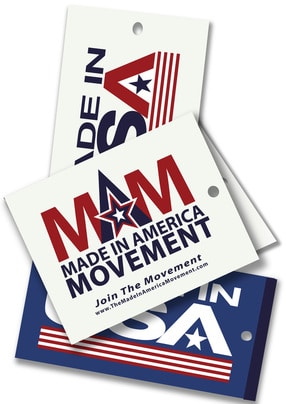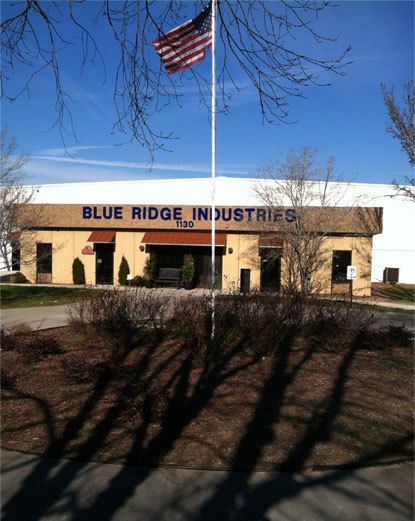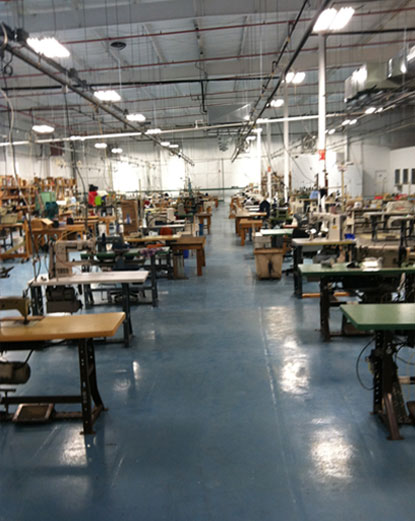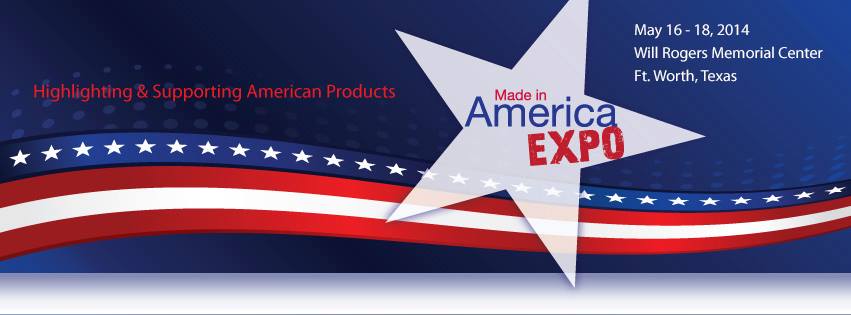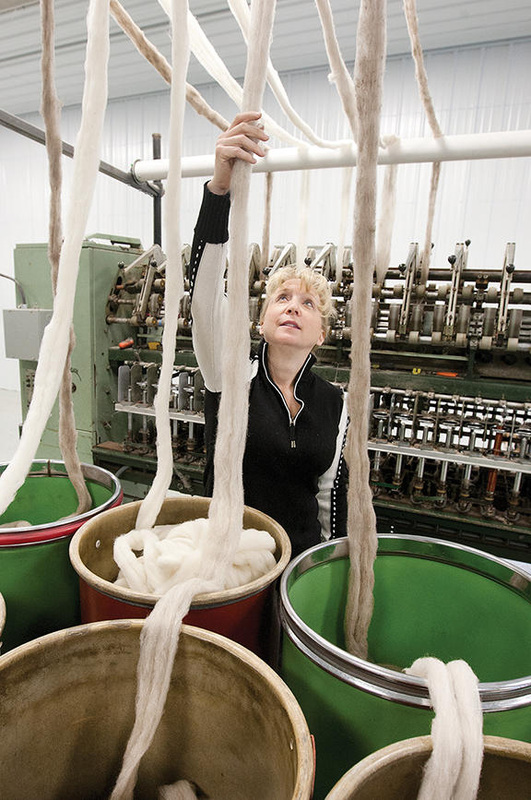This morning’s
trade data has a major bearing on economic growth and our potential for future job creation. Once again, we saw a massive flow of U.S. dollars traveling to Beijing. In fact, the $27 billion trade deficit that America racked up with Beijing in November has put us on pace toward yet another record annual trade gap in 2013, one that will likely eclipse 2012’s whopping
$315 billion.
That enormous trade deficit with China presents the single biggest impediment to a true manufacturing recovery for the U.S. While the December jobs report showed some promise for manufacturing after nearly a year of weak hiring, January could offer an early clue to what the year ahead will look like. This Friday’s jobs report will tread a fine line: A soft report would suggest that we aren’t yet close to a true economic recovery; another boost, on the other hand, could build the case that manufacturing is gaining some forward momentum.
But even a strong report for manufacturing should be taken with a grain of salt. A hindsight assessment shows that the sector has only recovered a fraction of the jobs it lost during the Great Recession. And looking ahead, the economy hasn’t generated enough steam — nor has Washington generated the right mix of policy — to keep pace with President Obama’s campaign promise to create one million new manufacturing jobs during his second term.
Still, the trade deficit probably won’t make it into the president’s State of the Union speech. It’s a sum that’s easy for policymakers to dismiss as a simple fact of life, one whose impact tends to be indirect. But connect the dots and its effect is clear: As manufacturing shifts from the U.S. to China, that means factories shut down in many American communities. Those laid-off workers, if they were lucky enough to get another job, take significant pay and benefits cuts when they shift to lower-income retail and service employment. That loss of income also means less revenue flowing into the U.S. Treasury, as well as an increased demand for public services, when you factor in those who remain unemployed.
That’s only the direct effect. The indirect one is less spending in and around those former factory towns — at the hardware store, the flower shop, local restaurants — impacting the bottom lines of other businesses. Manufacturing’s multiplier effect of wealth production can work in a very unfortunate, opposite direction, too.
There’s no serious economist out there who thinks a trade deficit this large is a good thing. So the real issue is what should be done about it. There’s a lot we could do, all well within our rights as a trading partner and without fear of provoking that modern economic unicorn, the mythical “trade war.”
First, we could get our own house in order.
The White House and Congress have focused some attention on manufacturing. The president has an advanced manufacturing initiative in place, albeit with modest funding thanks to a stingy Congress. And a significant number of Senate Democrats have launched a manufacturing initiative, echoing their House colleagues who first proposed a “Made in America” plan in 2010. If either plan became law, it would do a lot to increase employment in the sector. And it would put us on par with just about every other industrialized nation; our government is fairly unique in lacking a national manufacturing strategy.
Then, instead of simply pointing to the growth of U.S. exports, and the purportedly dire need to negotiate more trade agreements, the White House should address the trade deficit directly. That starts with a real focus on the surge of imports that keeps boosting our trade deficit, particularly with China.
The administration could back sensible legislation to deter deficit-inflating currency manipulation, which passed the House in 2010, and the Senate a year later in a different Congress. If brought to the floor in either chamber today, it would pass overwhelmingly and would give America’s manufacturers new tools to help confront the undervalued imports that are effectively stealing U.S. jobs.
The administration could block China’s unfair trade practices through a series of actions, using both international and domestic trade laws. President Obama made a big splash in Ohio during his 2012 re-election campaign by announcing a case against China’s unfair trade practices in the auto parts sector. The follow-through in that case is largely missing, however, and little else has been done since then to restore a level playing field for other American companies facing such skewed competition.
The White House could also set objective criteria for reducing the trade deficit with China. For example: Cut it in half over the next three years, through a combination of more value-added exports and fewer subsidized imports. Unfortunately, without such a clear goal, it’s hard to measure any progress besides the monthly ups and downs of the jobs report.
It’s past time to put displaced American workers back on the job. We have an unemployment rate hovering around 7 percent, and our long-term unemployment rate, combined with the number of jobless who have simply stopped looking, shows that the true rate of joblessness is much higher.
America’s workers deserve a government that will fight for them in the trade arena. And the Obama administration should act boldly, instead of offering more of the same. That won’t happen, though, unless the White House pursues an aggressive trade agenda that places the focus squarely on lowering the trade deficit. Otherwise, we’ll know the administration is more serious about its factory photo ops than actually going to bat for American manufacturing.
Before writing his State of the Union speech, I hope the president absorbs the trade data, and starts to envision what a $315 billion annual goods deficit with China means to his constituents on Main Street USA. He might just change his tune, and begin to chart a better course for Made in America in 2014.
Originally published on the Huffington Post, by
Scott Paul on January 7, 2014.
Follow Scott Paul on Twitter: www.twitter.com/ScottPaulAAM

